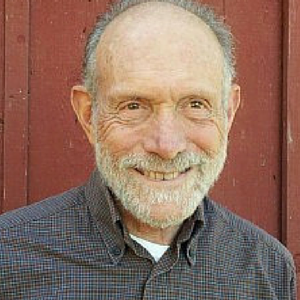Burma and the Press
As of this writing (Thursday, September 27) a nonviolent movement is reaching its crisis in Burma. In 1988 over 3,000 students were killed — massacred would not be too strong a word — when they protested the military takeover of their country. Their courageous, charismatic leader, Aung San Suu Kyi, though she had faced down rifle squads in at least one critical confrontation (superbly dramatized in Beyond Rangoon, with Patricia Arquette), and won an overwhelming electoral victory to boot, was not able to prevail over the regime, which has kept her under house arrest and basically pillaged the country for these nineteen years.
Commentators are noting, correctly, several features of the uprising today: it is a massive, disciplined outpouring — the photographs of tens of thousands of red-robed monks and nuns filling avenues for as far as the eye can see are nothing short of inspiring. It relies on the immense prestige of religious orders in that predominantly Buddhist country. And — among other differences between now and 1988 — the world is watching.
But how closely? We who follow nonviolence have to point out what the mainstream media are missing in this “saffron revolution,” as they have missed in most episodes of nonviolence that have been accumulating with increasing frequency in this post-Gandhian world. 1) They mis-characterize this movement as ‘spontaneous,’ while in reality it has been well-planned for months. More to the point, it has not, like Athena, ‘sprung from the head of Zeus’. In an increasingly characteristic, and extremely hopeful development, many of today’s nonviolent leaders have studied literature and films about past movements and their successes (and failures). In this case, for example, thousands watched the Steve York documentary Bringing Down a Dictator about the overthrow of Serbian ‘President’ Slobodan Milośevič in 2000 (also mischaracterized as a spontaneous ‘mob’ despite its careful advance planning). Ever since dozens of India’s freedom fighters came to the United States, and vice versa, to help shape the Civil Rights movement, civil-society leaders around the world are realizing that they are not alone and do not have to reinvent the wheel. This is making a huge, qualitative difference in the growth of nonviolent consciousness around the world. And one result for this movement, as an eye-witness reports, is that “nothing that the regime has done was unexpected by the movement, but everything that the movement has done has come as a shock to the regime.”
2) While monks have been deliberately chosen to be the public face of the movement, the leaders organized multiple “lines” of student leadership (a Gandhian tactic, e.g. in the famous Salt Satyagraha of 1930) so that when the first group was arrested or otherwise neutralized, a new group would step up in its place — as is happening as I write.
3) The protestors, as a generalization, are not only determined to go on to the finish, but they have for the most part learned the futility, or worse, counter-productiveness, of violence. We in the field know that this decision, while it does not guarantee that no one will suffer (does violence?), is the key to longterm success. And finally,
4) The mainstream coverage is missing the key stories. Here is a lightly edited report from a former opposition leader now studying in the United States:
The whole night, the military regime blocked monasteries and arrested many monk leaders. second line student leaders have to lead the demonstration while first line leaders are in the prisons and hiding places. So, they did.
In Mandalay, Monks, students and people confront with soldiers and riot police. Soldiers requested to monks not to pass the line and choose another way. But people responsed, “We don’t care even if you shoot us. We will go forward.”
The commanders sighed and kneed down with respect in front of monks tnd people and cry and worship in Buddhist tradition.
People cheered and cried.
When people lay down their lives for democracy — for all of us — we owe it not just to them but all of us to know the full story.










Thanks for this uplifting update. I’m happy I didn’t have to wade through Google News to find this. I’ll be praying for these heroes.
The movie Bringing Down a Dictator is available in many libraries. See a list at http://worldcat.org/oclc/61226125 for holding libraries. If you’re reading this and haven’t seen it, borrow it and watch it.
Dear DC,
Sorry to be getting so late to your comment. We own a copy of “Dictator” and I used it many times when I was teaching at Berkeley. But keep us in mind when you run across resources like that.
If you like, send us your contact info (info@mettacenter.org) and we’ll send you our newsletter, etc.
MN